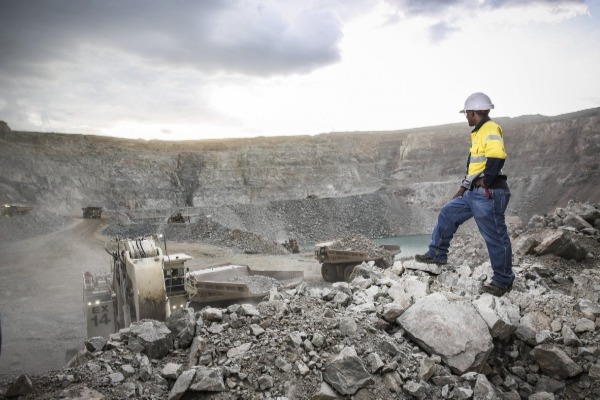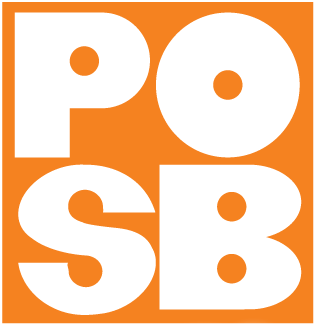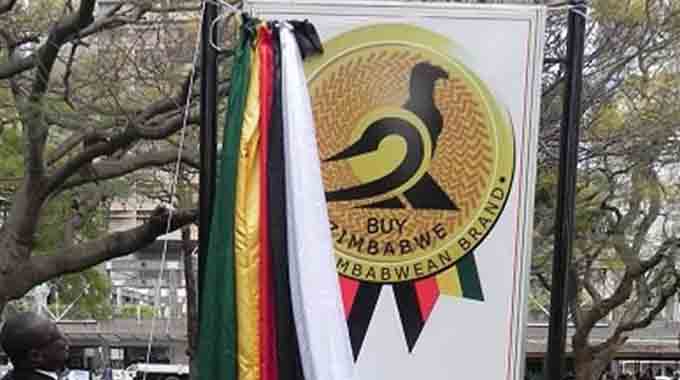Covid-19 a threat to industry
GROWTH in industrial output in the second quarter of this year will depend largely on power supply, access to forex and impact of Covid-19 and inflation, the Confederation of Zimbabwe Industries (CZI) has said.
CZI forecast in the first quarter business survey that average capacity utilisation could rise to 56 percent in the second quarter of the year en-route to earlier year end projection that industrial capacity may hit a post dollarisation high of 61 percent.
CZI projected in its first quarter business performance review capacity utilisation for non-metallic mineral products to rise to 95 percent from 85 percent, paper, printing and packaging 74 to 75 percent and wood and furniture 48 to 52 percent.
The lobby group also forecast growth in chemical and chemical products to reach 43 percent from 38 percent, metal and metal products to rise from 48 percent to 56 percent, drinks, tobacco and beverages 49 to 55 percent and foodstuffs 54 to 60 percent.
The weekly auction system, which helped stabilise the economy after it eliminated exchange volatility, has grown stronger since its inception and inflation is seen lower at 55 percent this month while electricity has not been exactly erratic.
CZI president Mr Henry Ruzvidzo, said in an interview yesterday the manufacturing body was still compiling results of the business performance survey for the second quarter, pointing out performance will be based on three key areas.
He said at the time of the first quarter survey, sentiment was driven by projected down trend of inflation, improved forex availability, after a good agriculture season, and uninterrupted supply of electricity.
“The expectation had been that a third wave of Covi-19 would have been avoided with the vaccination that was in progress at the time of the survey,” Mr Ruzvidzo said.
Average industrial capacity was estimated at 47 percent in 2020.
The respiratory disease has caused national lockdowns across the globe, including Zimbabwe, especially when it was first discovered last year. While things became more relaxed as its spread appeared to taper off.
However, Zimbabwe has returned to stricter level four lockdown amid reports of growing infectors, especially from the Delta variant, which has resulted in growing numbers of positive cases during the third wave.
CZI said in its first quarter business intelligence report that 86 percent of surveyed companies thought the economic situation would be better or if not remain the same on account of already obtaining stability and falling inflation.
The annual rate of inflation, which reached a post dollarisation record of 837,6 percent in July last year, has plummeted since then to touch a 2021 low of 106,6 percent as of last month. The RBZ sees inflation below 55 percent this month.
This has largely been due to stability in the exchange rate, since the auction system was introduced in June 2020. The rate has held around $85/US$1 from $2,5/US$1 when the Zimbabwe dollar was first floated, since 2009, early 2019.-herald.clz.w









